Dear Readers, Parsnips are not only versatile but also extremely healthy. Long forgotten, the tuber is now one of the local superfoods. We will explain the effects, preparation, and possible uses of Parsnips for health to you.
Their many nutrients and vitamins make parsnips a particularly healthy snack for in-between meals. The root tuber contributes to a stable immune system and healthy heart function.
Incidentally, it also supports sustainable weight loss. You can find out exactly what parsnips are below.
What parsnips actually are
The parsnip, also known as parsnip, is a local root vegetable. In terms of taste, it has many similarities to carrots. No wonder, after all, the vegetables are closely related to each other.
Its slightly sweet, nutty taste made it very popular up until the 18th century, as it was one of the most important staple foods.
However, when the potato conquered the market, the parsnip gradually fell into oblivion. That has changed again today the root tuber is now a popular trend food again.
Parsnips are suitable for a variety of diets For example, you can integrate the healthy tuber perfectly into your or a vegan diet. The parsnip, which is a cross between parsley and carrot, is a typical winter vegetable.
Their season is between October and early April. The vegetables can only be harvested after the frost, as various substances must first be converted.
Parsnip versus parsley root
The parsnip is often confused with the very similar-looking parsley root. After all, both types of vegetables also have a similar sweet-tart taste.
However, you can easily distinguish between parsnip and parsley root if you pay attention to a few things.
Parsnips taste slightly nutty and go well with carrots and potatoes. Since they contain quite a lot of sugar, parsnips are particularly popular with children and babies.
Although the parsley root also tastes very spicy, it exudes a strong and unmistakable scent of parsley. It is often processed into broths, soups, or vegetable patties.
You can also distinguish between the two types of vegetables by their size, the parsley root is quite slim at only 20 centimeters at most, while the parsnip can grow up to 40 centimeters. In addition, her headboard is significantly thicker.
Parsnips are so healthy
No wonder parsnips are a popular ingredient in baby food. After all, the healthy tuber is not only delicious and rich in vital nutrients but also extremely digestible.
In addition to minerals such as iron and zinc, the healthy root vegetable contains numerous vitamins, including those from the B complex, vitamin C, vitamin E, and folic acid. Calcium, potassium, and fiber also round off the overall package.
Below you will find out what benefits parsnips have for your health.
To lose weight healthily
With almost 60 calories per 100 grams of vegetables, the parsnip is quite low in calories and therefore well suited for various diets.
The potassium in the root has a draining effect, while the carbohydrates and, above all, the dietary fibers keep you full for a long time.
With the parsnip, you take in many important nutrients with a low-calorie intake.
In addition, the dietary fibers, especially the bulking agent pectin, prevent unwanted cravings and keep you full for a long time.
You can find out how you can continue to lose weight healthily or quickly on the linked pages.
For the heart
Parsnips are high in potassium, with over 520 milligrams per 100 grams of vegetables. They even contain more of the bulk elements than carrots.
Adults have a high need for potassium because they need around 4,000 milligrams a day.
A potassium-rich diet relieves the strain on the heart and circulation, so the root vegetable is a good choice, especially for people with high blood pressure.
Potassium lowers blood pressure, thereby reducing the risk of stroke. Eating a diet high in parsnips will help you meet your daily needs for potassium, thereby strengthening your heart.
But potassium is not only crucial for the heart. The quantitative element also plays an important role in the regulation of water balance and the release of certain hormones, for example in the formation of cortisone and insulin.
For children and babies
Toddlers and babies particularly like parsnips because of their delicate sweetness. You can therefore find healthy root vegetables in many industrially manufactured baby porridges.
Of course, you can also make such porridge yourself; to do this, the parsnip must either be boiled or, which is much gentler, steamed. It is best to combine carrots or peas to make particularly healthy baby porridge.
Parsnips contain certain essential oils that have a mild antibacterial effect. In addition, the vegetable is very digestible and beneficial for the stomach and intestines.
Parsnips can therefore increase your child’s well-being while providing him with numerous nutrients that he needs to grow.
For strong nerves
For a strong muscular and nervous system, your body needs a certain supply of magnesium every day. This is important so that you can feel fit and perform well every day.
Parsnips contain around 26 milligrams of magnesium per 100 grams of vegetables. This makes the root tuber one of the varieties with a medium proportion of magnesium – ideal for covering your daily needs to some extent.
Combine the parsnips with legumes such as beans or peas, or serve whole grain rice with the root vegetables. These foods also contain plenty of magnesium.
Thanks to their magnesium, parsnips support a healthy nervous system. The mineral also fulfills numerous other functions in your body.
For example, it plays an important role in bone formation, and the production of proteins and is important for a functioning energy metabolism. You can find out how to recognize a magnesium deficiency here.
Supports digestion
The healthy root vegetable is particularly digestible for the stomach and intestines. This is not only due to its essential oils: 100 grams of parsnips contain around two grams of dietary fiber, which stimulates intestinal activity.
With a parsnip-rich diet, you support your digestion and detoxify your body at the same time. The fiber binds both toxins and cholesterol and helps the body to eliminate them.
Parsnips contain a particularly high amount of pectin. This swelling agent binds water in the intestine and swells as a result. This gently stimulates your intestines and increases activity. You feel better, more vital, and prevent constipation.
If you already struggle with a sensitive stomach or your digestion is causing you problems, you should try parsnips. How about a gentle parsnip and potato soup, for example? You can find the recipe for this below.
Buy parsnips
In the autumn and winter, you will find healthy root vegetables on many supermarket shelves. If you want to shop sustainably, you really should only buy parsnips when they are in season.
When buying, pay attention to a smooth and firm shell that does not show any injuries. The green at the end of the root should still look as fresh as possible.
Also, always opt for smaller bulbs, as these tend to be much tenderer than the larger ones. In addition, they do not become woody as quickly when cooking.
Organic quality is always recommended because you can be sure that there are no pesticides or other toxins in the shell.
Buy only as many parsnips as you can actually use. If you bought a few too many, you can store them in the fridge for two weeks without any problems.
Prepare parsnips
Parsnips can be prepared in a similar way to carrots and potatoes. You don’t necessarily have to peel them.
Quite the opposite: Most of the vitamins that you would only remove with a peeler are located directly under the peel.
Instead, buy organic products so you don’t have to worry about pollutants, and clean the tubers with a vegetable brush.
You don’t need to wash parsnips as long as there is little soil on the skin and you plan to cook them.
If you want to snack on the root vegetables raw, it is better to wash them off briefly.
Before you continue preparing the parsnips, you should roughly cut off both the head and the root end with a sharp knife.
Recipes with parsnips
As a rule of thumb: parsnips can be used wherever carrots or potatoes would also work well.
A winter potato and parsnip soup, for example, is particularly gentle on the stomach and rich in nutrients.
When cooking with parsnips, you can let your creativity run wild and experiment a little.
Instead of potatoes, you can make a parsnip puree, bake vegetable chips, or conjure up a gratin.
Simple salads with healthy root vegetables are also delicious. Simply cut the parsnips into thin slices combine them with an autumn salad and add a finely grated apple.
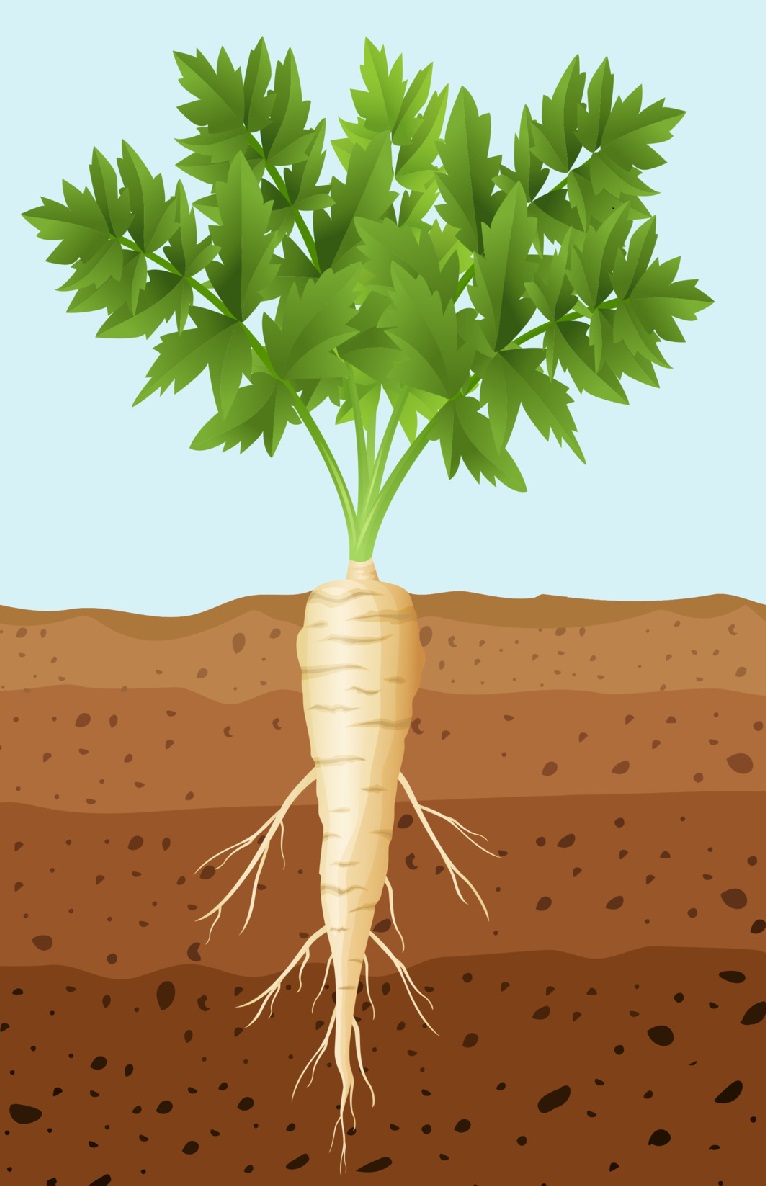
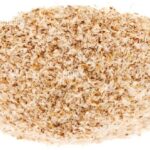

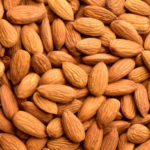

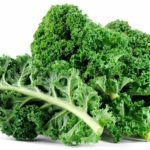

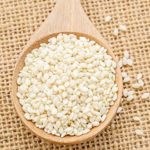





I loved as much as you will receive carried out right here. The sketch is tasteful, your authored subject matter stylish. nonetheless, you command get got an edginess over that you wish be delivering the following. unwell unquestionably come further formerly again as exactly the same nearly very often inside case you shield this hike.